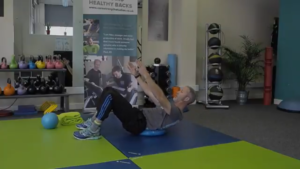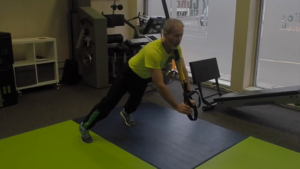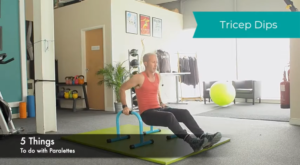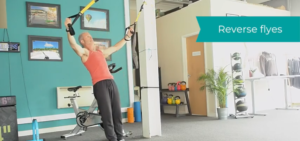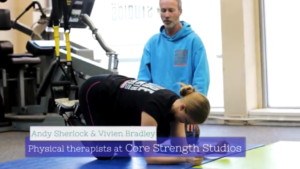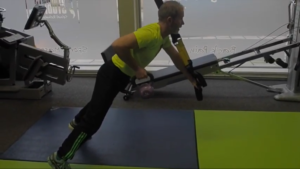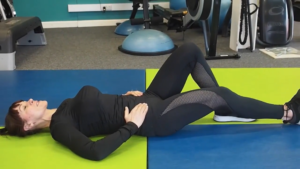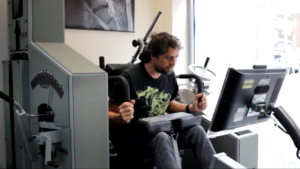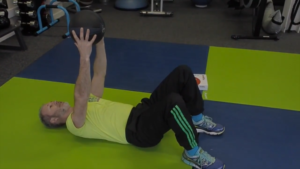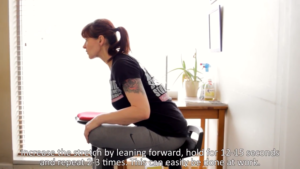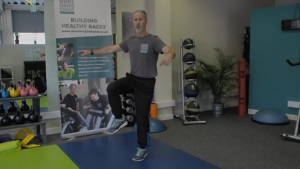When it comes to your back, the body can be very adept at masking problems. Take leg pain for example. If you have pain radiating down your legs, buttocks or feet, the natural conclusion is that you have a problem with your legs, right?
Not always so. And this can be a problem. Because you’ve been fooled into thinking the problem lies somewhere else, the principle reason for your pain gets missed and you can end up with enduring symptoms which can worsen if the root cause isn’t addressed.
Your sciatic nerve is the longest nerve in the body, originating in the low back, passing through the buttocks, down the leg and finally ending in the foot. When irritated, it can cause pain, numbness or tingling at any point in it’s path.
So how does this relate to your back? The most common causes of Sciatica originate in the back, when the nerve roots are irritated. The main reason why this happens is a bulging or herniated disc in the low back.
The bones in your spine (your vertebrae) are separated by jelly-filled discs. Through injury, or degeneration, the soft centre of the disc can push out from the hard outer shell. When this happens, it can press on the nerve which in turn leads to referred pain elsewhere down the nerve.
How do you know if you have sciatica?
Generally speaking, sciatica presents itself as pain that radiates from your lower back into the back or side of your legs, or numbness, tingling or weakness in your leg or foot. This pain may get worse when you move, sneeze or cough.
How is it diagnosed?
A back pain professional can diagnose sciatica and determine it’s cause by performing some simple physical tests. Other tests can be done if further investigation is needed, such as x-ray, MRI scanning or dye injections. Most people with sciatica can be treated without the need for further investigations though.
How is it treated?
The good news is that most people will recover within a few weeks. During this period it’s important to focus on pain relief and keeping active. Where possible, carry on with your daily activities and avoid being sedentary for long periods as this increases pressure on your discs. Pain killers can also help you feel more comfortable during this period.
Treatment should also include exercises to strengthen the core and back. This will not only help support the spine and alleviate symptoms, but this increase in support will protect the back against further damage and prevent the pain reoccurring in the future.
Sports massage and stretching/flexibility work also helps by reducing inflammation and easing any tight muscles which may be constricting the nerve.
If you are experiencing pain in your legs which you may think is Sciatica and would like to speak to a specialist for an assessment and to discuss treatment options, we would like to invite you to a complimentary 60-minute consultation. To register, click here, complete the form and we’ll be in touch to make your booking.


